Mark Howe
Co-PI (Core Leadership)
Boston University
Mark Howe, PhD, is Assistant Professor of Psychological and Brain Sciences at Boston University. His lab aims to advance an understanding of the neural circuit mechanisms of action, motivation, and learning. His team develops and applies new technical approaches to probe neural circuits with high resolution on multiple spatial and temporal scales and with neurotransmitter and cell-type specificity in behaving animals. A long-term goal is to derive a set of fundamental circuit principles that explain how
basal ganglia circuits dynamically modulate behavior and how circuit dysfunction contributes to neurological disorders such as Parkinson’s disease and addiction. Prior work by Dr. Howe has established distinct, behaviorally relevant neuromodulator signals
in the striatum on timescales ranging from tens of milliseconds to days, which may contribute to unique aspects of motivation and learning. Future studies will investigate how these signals are dysregulated in disease and how they may be effectively targeted
by future therapeutic strategies.
Teams
Themes
Tags
Recent ASAP Preprints & Published Papers
Spatially organized striatum-wide acetylcholine dynamics for the learning and extinction of Pavlovian cues and actions
Immunohistology in mouse brain sections after whole-brain micro-CT scanning






